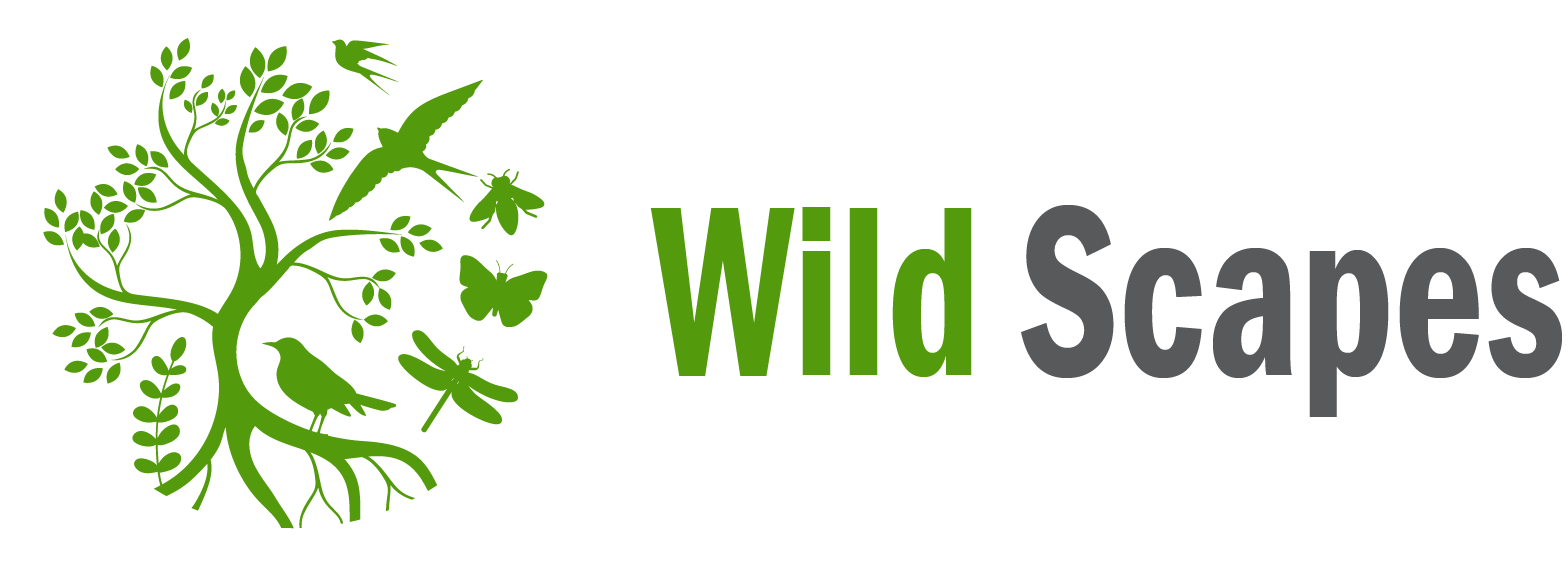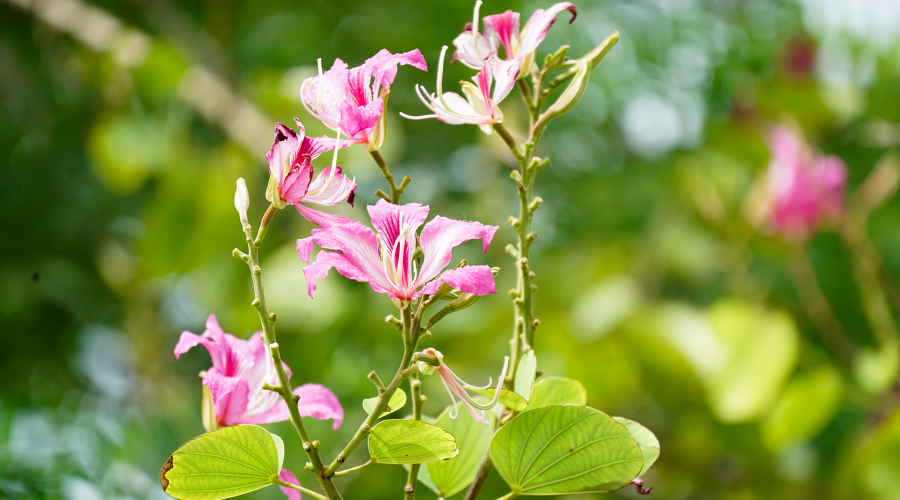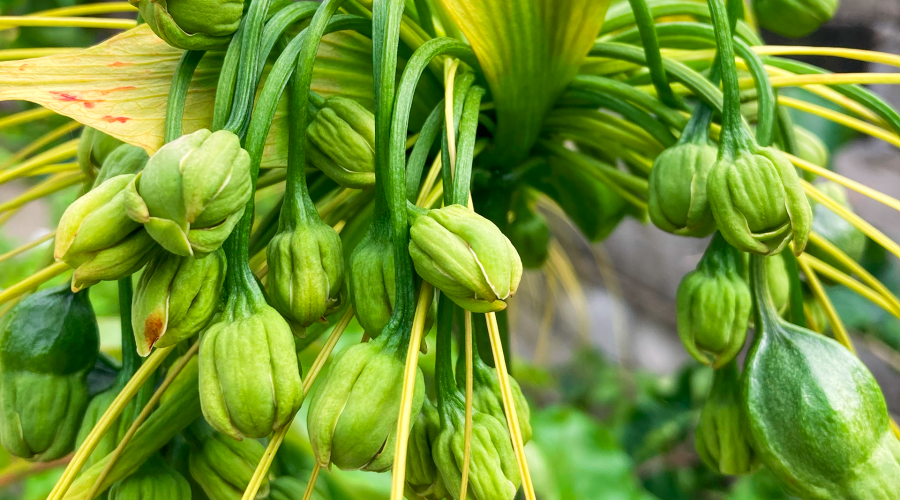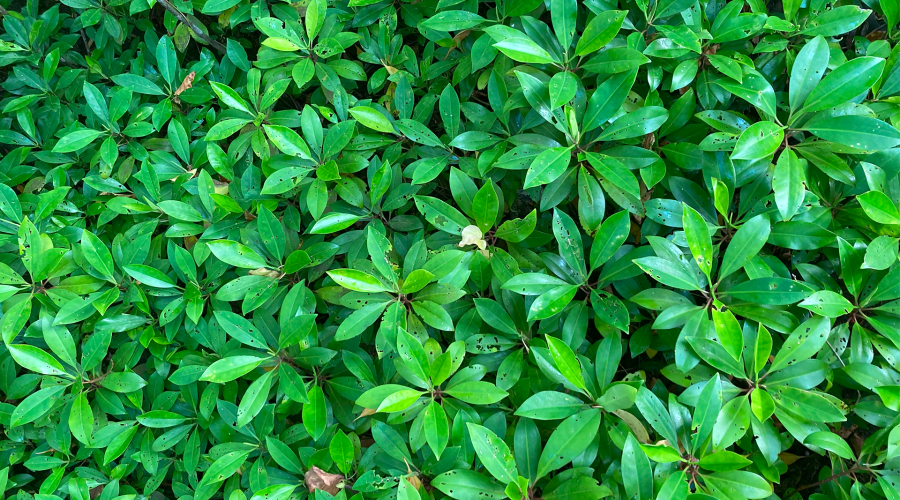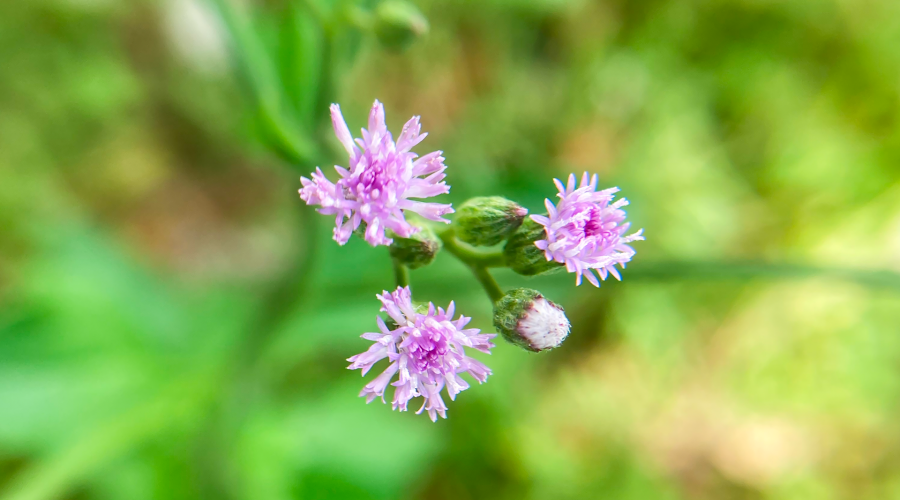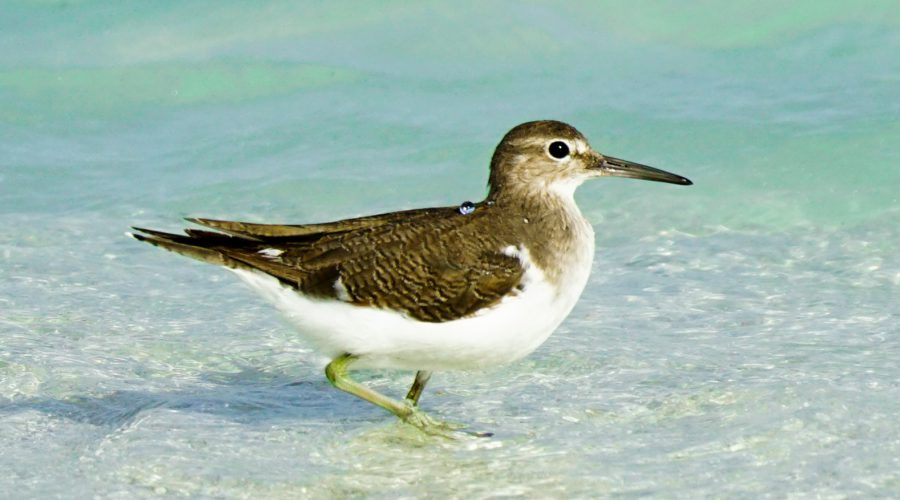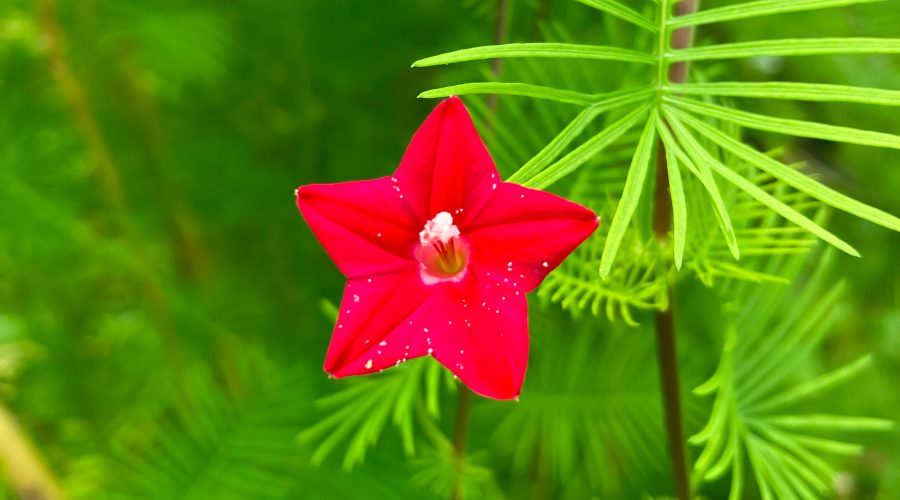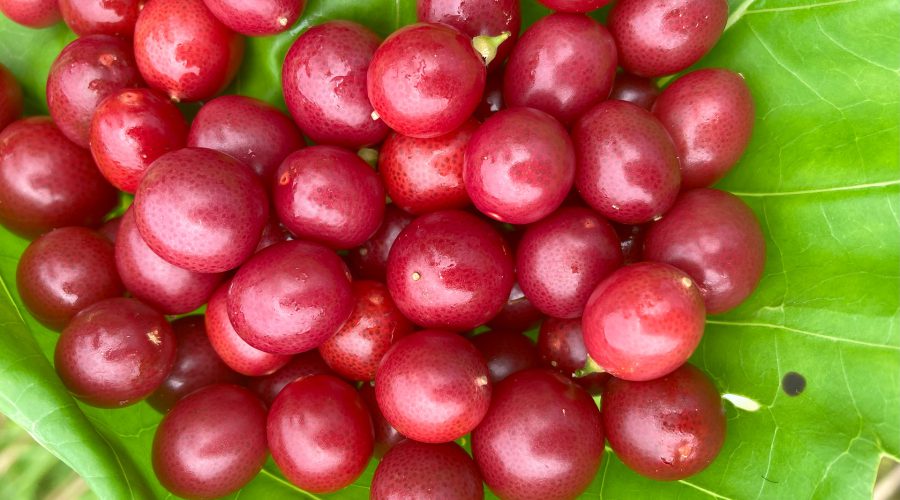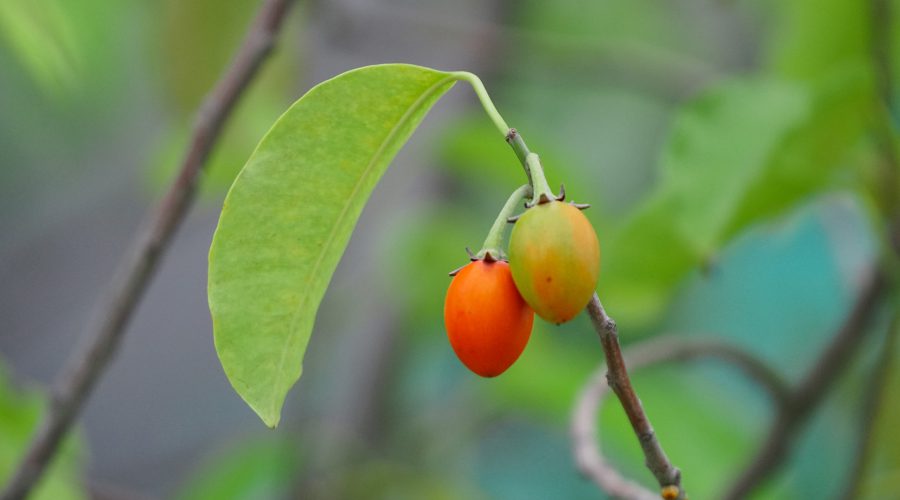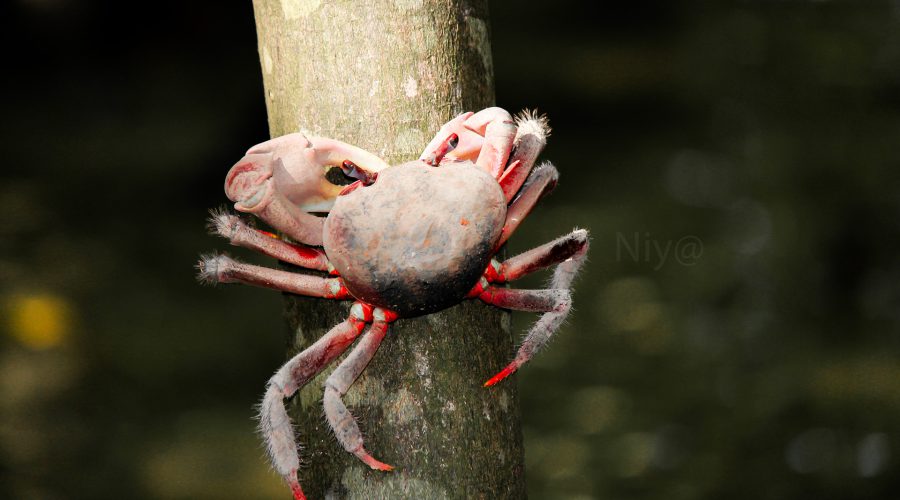Butterfly Tree – Javvahiru gas
Introduction: In the lively city of Hulhumale, a part of the Maldives capital, there’s a tree known as Javvahiru, or the Butterfly Tree. You can spot it in parks and along some roads, making the urban landscape a bit more green and lively. Butterfly Tree is a deciduous tree of moderate size, reaching heights of […]
